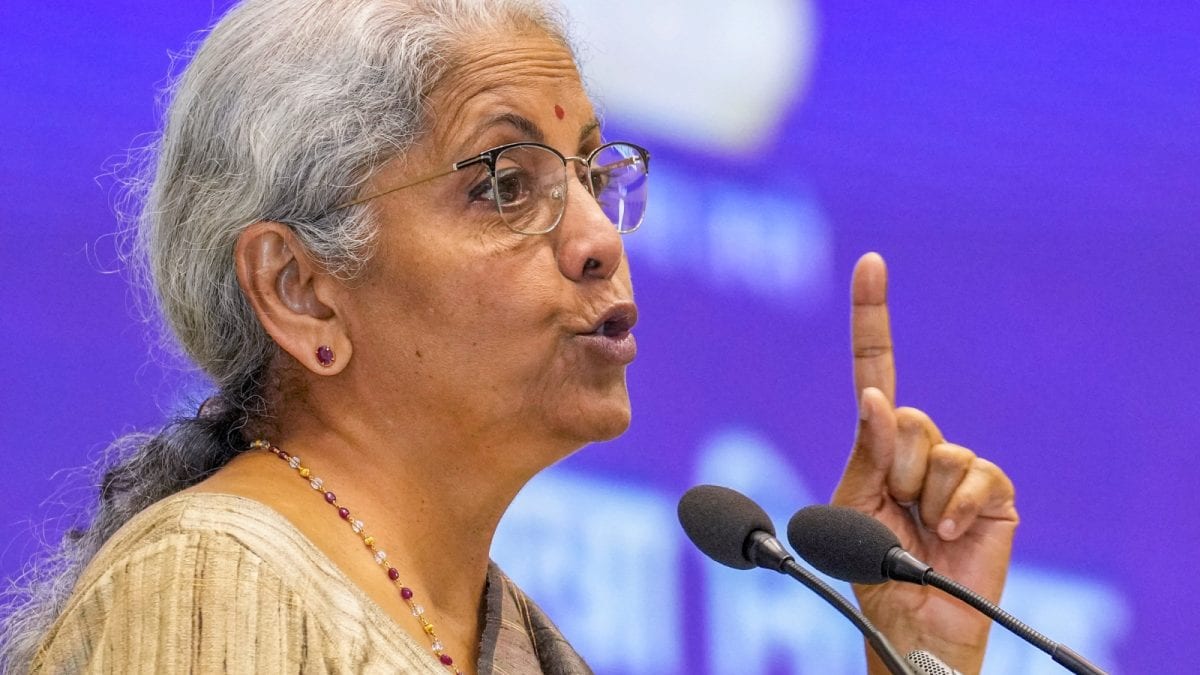Last Updated:
Finance Minister Nirmala Sitharaman on Monday introduced a revised version of the Income Tax Bill in the Lok Sabha

Finance Minister Nirmala Sitharaman. (File Photo: PTI)
New Income Tax Bill 2025: Finance Minister Nirmala Sitharaman on Monday, August 11, 2025, introduced a revised version of the Income Tax Bill in the Lok Sabha, incorporating most of the recommendations made by the Select Committee headed by Baijayant Panda.
The government last week withdrew the Income-Tax Bill, 2025—originally tabled on February 13 to replace the six-decade-old Income-Tax Act, 1961—and introduced a revised draft on August 11. The updated version consolidates all proposed amendments into a single, coherent document.
Explaining the move in Parliament, Finance Minister Nirmala Sitharaman said the withdrawal was necessary to incorporate suggestions, correct drafting issues, align phrasing, and update cross-references. She added that the fresh draft will serve as the foundation for replacing the 1961 Act, helping avoid confusion.
Key Recommendations By The Select Committee
The parliamentary panel flagged several drafting errors and proposed amendments to reduce ambiguity in the Income-Tax Bill, 2025:
- Clause 21 (Annual value of property): Delete the phrase “in normal course” and explicitly compare actual rent with “deemed rent” for vacant properties.
- Clause 22 (Deductions from house property income): Clarify that the 30% standard deduction applies after municipal taxes are deducted; extend pre-construction interest deduction to let-out properties.
- Clause 19 (Salary deductions – Schedule VII): Allow commuted pension deductions for non-employees receiving pensions from a fund.
- Clause 20 (Commercial property): Revise wording to prevent taxing temporarily unused business premises as “house property” income.
The Committee said these measures would improve clarity, fairness, and alignment with existing tax provisions.
Provisions In The withdrawn Bill
The February draft was billed as the most comprehensive reform of India’s direct tax code in over six decades. Notable features included:
- Simplified language, consolidated deductions, and shorter provisions to ease compliance.
- Reduced penalties for certain offences to make the system more taxpayer-friendly.
- No change in tax slabs, capital gains rules, or income categories.
- Lower litigation through a “trust first, scrutinise later” approach.
- Modernised tax administration with enhanced CBDT powers, digital monitoring, and the introduction of a “tax year” concept.
The draft spanned 23 chapters, 536 sections, and 16 schedules, employing tables and formulas for easier interpretation. It also proposed streamlined TDS norms, simplified depreciation rules, and retention of existing residency criteria and financial year timelines.

Aparna Deb is a Subeditor and writes for the business vertical of News18.com. She has a nose for news that matters. She is inquisitive and curious about things. Among other things, financial markets, economy, a…Read More
Aparna Deb is a Subeditor and writes for the business vertical of News18.com. She has a nose for news that matters. She is inquisitive and curious about things. Among other things, financial markets, economy, a… Read More
view comments
Read More







